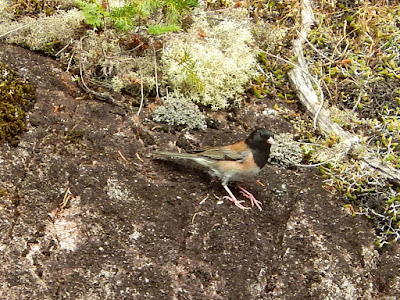Coastal BC Animals: Velella Velella
(By the Wind Sailors)
In May I had a wonderful three day trip to the west coast of Vancouver Island in Coastal British Columbia. I went with my good friend, Yvonne Maximchuk. She lives up the coast in remote Echo Bay. She's an author, artist and potter. An amazing woman!
She met me at the Comox Ferry Terminal and we drove to both Tofino and Ucluelet on the west side of the island.
 |
| Long Beach at Pacific Rim National Park Reserve |
In the middle we stopped at Long Beach, part of the Pacific Rim National Park Reserve.
 |
| Velellas washed ashore. |
Velella velella are in the Phylum Cnidaria and are related to anemones and jellyfish. Velellas are small, about 4-8 cm long. They have a flat oval body made of concentric circles of gas filled chitin chambers and an upward structure that serves as a sail to transport them across the ocean surface.
Interestingly, some Velellas have a right leaning 45 degree angle sail, and others have a left leaning sail.
Below the surface are specialized polyps for feeding, reproduction and defense. In this way, they are similar to the large jellyfish known as a Portuguese Man of War. Except Velelas are so small they don't have much of a sting.
They typically live far off shore, feeding on plankton. Occasionally redirected warm currents and/or strong winds will bring them ashore to die in massive amounts.
 |
| Yvonne holding a dried and fresh Velella velella. |
So if you're walking a sandy beach and see what looks like oval bits of plastic, don't despair. It may not be litter, just the remains of small but numerous by-the-wind sailors. -- Margy



































































